Finally, some members of the mainstream news media have come to the conclusion that from now on, they will capitalize the “B” in Black as it refers to Black people.
The editorial stylebook changes are happening at the New York Times, the Chicago Sun-Times, the Associated Press, and other major mainstream media outlets in the year 2020.
It took the death of George Floyd, the protests, and the movement of Black Lives Matter and their allies to reach a major editorial decision that is basic grammar.
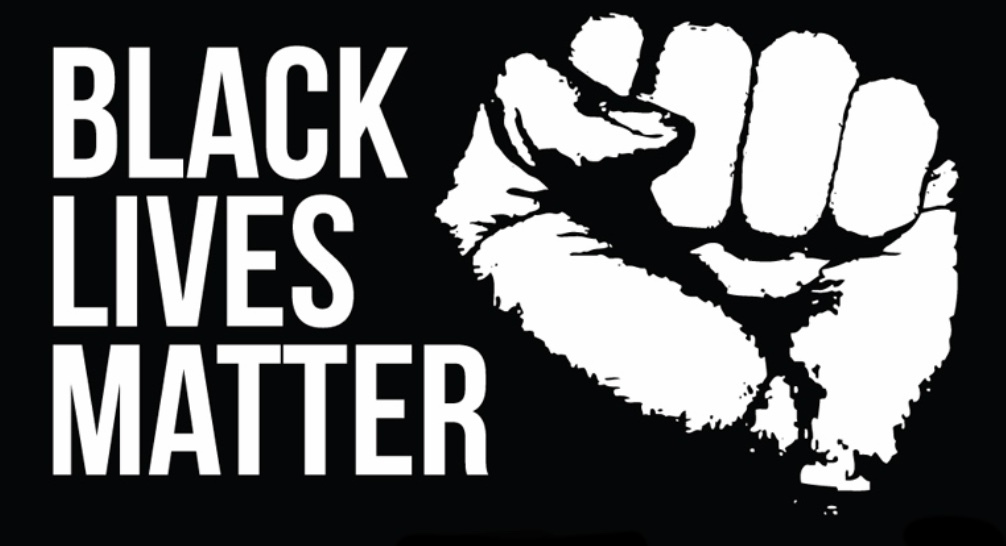
So now, the B in Black should be capitalized and so should the B in Brown as it relates to Brown people. As we use the terms Black and Brown, we are describing distinctive groups of people.
Black is a proper noun; thus, it should start with a capital B. Period. The lower case “b” represents a disrespect, disregard of a people. In nearly a century, we have gone from being a lower case “n” in negro to a capital “b” in Black. Well, look at the progress.
Nearly a century ago, sociologist W.E.B. Du Bois waged a letter-writing campaign to get newspapers to capitalize Negro, saying a lowercase “n” was a sign of disrespect and racism. The New York Times took his advice in 1930, calling it an act of recognition and respect for those who’d spent generations in “the lower case.”
People have a right to claim their name. This has been an issue for Black America since arriving in this country some 400 years ago. America created the Negro and gave us images to go along with how they thought we should be, too often missing reality.

The mainstream media has not covered Black America very well. They have reported the crime story and our negativity abundantly. Our entertainment and sport figures have been covered with scorecards and creative sounds, but usually there is a negative connotation.
Miles Davis plays his trumpet and turns his back to the audience and he is criticized for disrespecting his audience rather than acknowledged for concentrating on his music while playing with a turned back. He was focused.
There is the constant marginalization of the minority, the “less than” factor. For example, “Why is Jesse Jackson Really Running for President?” was a headline. They made him sound insane for thinking of the run that changed modern-day politics and paved the way for the Obama era.
The Black politician takes a constant beating. Not so long ago, the Black man in major press was identified by his name and race. For example, it was “John Doe, the negro male, robbed the store.” However, the white criminal was not racially identified. This was a major change in the press, to cease racial identification.
Why N’DIGO?
I started N’DIGO in December of 1989 out of frustration. In the very first edition, the first editorial, I wrote something that holds true today like it was written yesterday:
“We need a major media voice that speaks to a Black reality, not just the super success stories, not just the outrageous crime and super poor stories. There’s a lot in between. Most are in the middle. The image of Black folk is a concern. Mainstream media coverage of Black Chicago is often limited, stereotyped, imbalanced, and blind.”
The high acclaimed Chicago Community Trust Human Relations Task Force Report on Race, Ethnic and Religious Tensions in Chicago (September 1989) pointed this out.
They noted some 30 years ago the harm done by media stereotyping, such as “fueling real estate panic, undermining self-esteem, teaching fear and prejudice and engendering selfishness, fear, and materialism. Most importantly, these participations argued that media stereotyping can hinder solution by widening social and cultural rifts.”
Mainstream media curiously covers Black people, particularly our politicians. Black reporters in mainstream media cover us curiously, too. Afraid to write and report and afraid not to, they are constantly plagued with “fitting the format.”
Black people and events, even with all the gains and increased media coverage, are still not reviewed or regarded holistically. Too often, we are still considered “minor,” “disadvantaged,” “deprived,” “nontraditional,” and/or “special.”
“We will not quote the word “minority,” I wrote. “N’DIGO will not use it. We will capitalize the B in Black.”
The Stereotypes
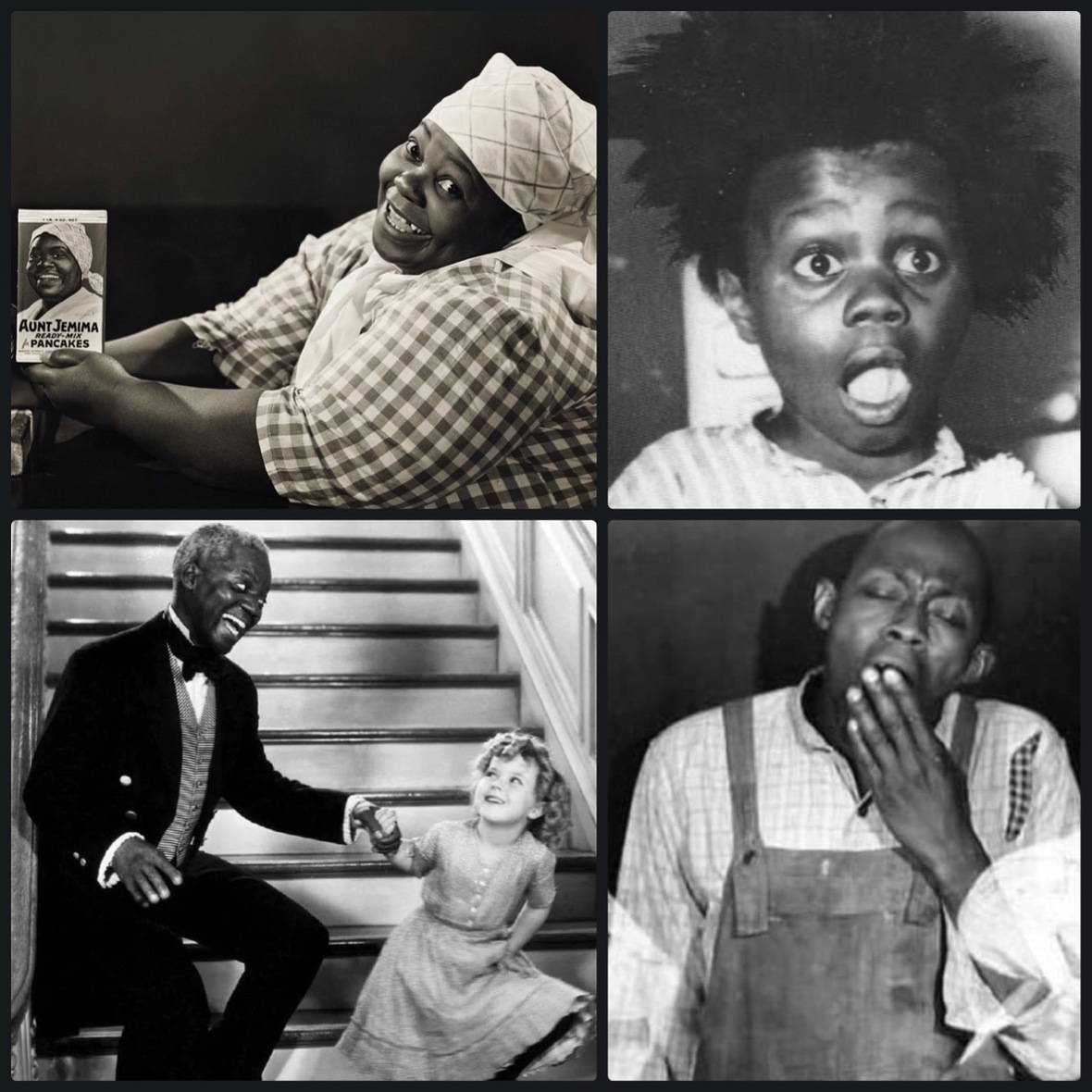
The media has given us stereotypes from Aunt Jemima on the pancake box to Uncle Ben on the rice box to the lawn jockey. These are acceptable, cordial and comfortable images for Whites to accept that they created.
Blacks portrayed and popularized as servants. Dark black skin with uniforms and/or strong identifiers like the headscarf wrap. This imagery transferred to the movies, with Buckwheat and Bojangles dancing with Miss Shirley Temple.
The Black image has been carefully crafted to demean. Shirley Temple, the child, was always the smart one, showing the elder Bojangles the way as he held her precious hand.
The Mammy image is non-threatening and keeps the Black woman in the kitchen and in servitude. But then comes Lena Horne, Josephine Baker, and Dorothy Dandridge. What do you do with these beige beauties that wear haute couture magnificently well?
All Blacks love watermelon, to the point where some refused to eat the delightful fruit in public. Stepin Fetchit in the movies was slow and retarded and had to scratch his head to remember the simplest of things. Then there was the strong daring Black woman named “Sapphire” and, of course, the most popular of the passives ones was Uncle Tom himself, the docile Black male who often asked master, “How do we feel, sir?”
Somewhere along the way, the image of “lazy” was developed when the reality is that the enslaved were working from sunup to sundown. The Negro image was lazy, dishonest, backward, and ignorant and most importantly dangerous, as the males often hung from trees at the white families’ picnic after church, as Billie Holiday sang Strange Fruit. Did the major press think this was correct? They barely covered the sinful acts while the Black press wrote about the horrors.
What Do You Do?
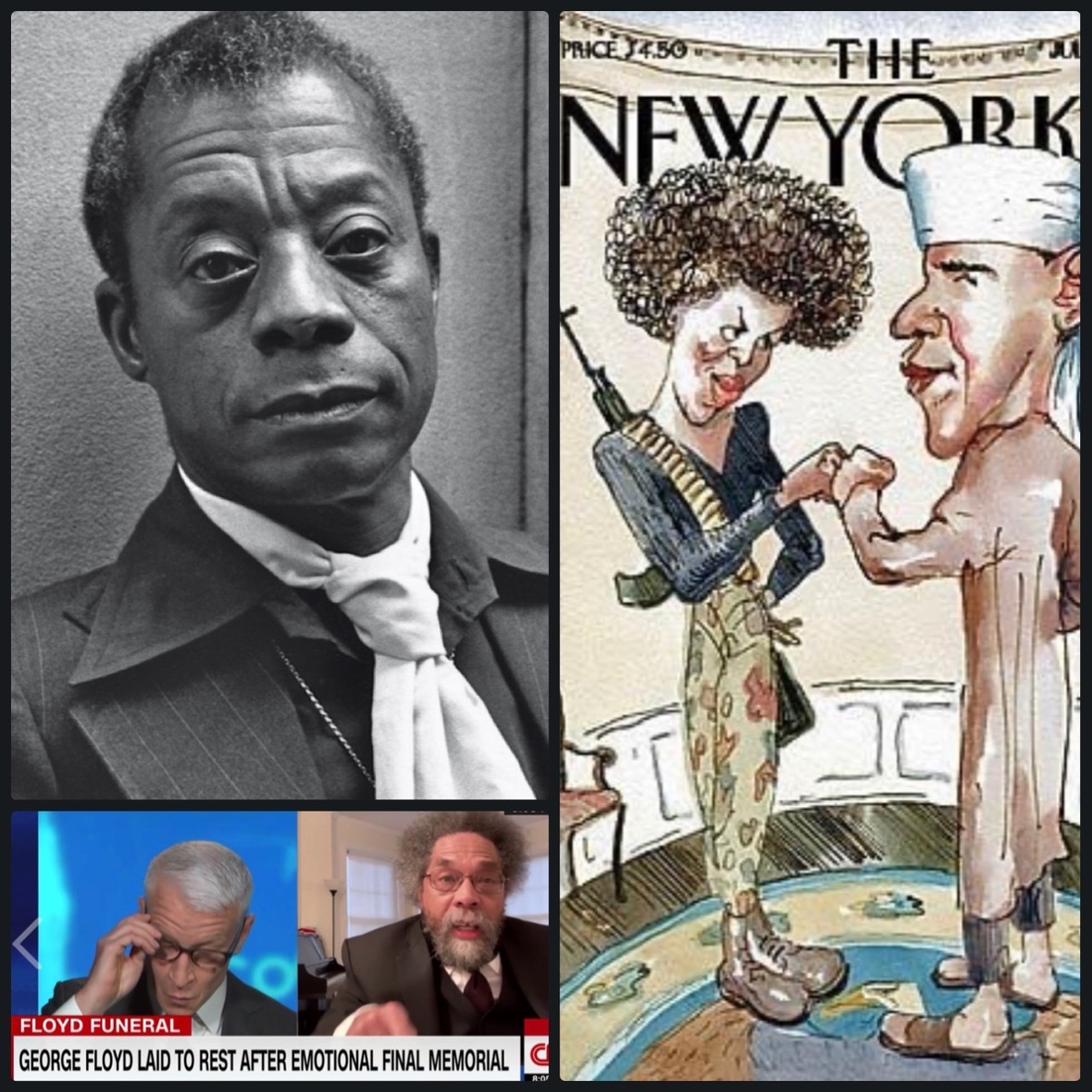
So, White America, what do you do with the intellect of Mr. James Baldwin as he states firmly, “I am not your Negro” and asks why was it necessary for you to create a “nigger” for your self-satisfaction and self-esteem? Today, why does Dr. Cornel West make Anderson Cooper cry as he addresses race with an open honesty?
What do you do then with the morality voice of Dr. Martin Luther King, Jr. as he questions and challenges the Viet Nam War? You say go back to your ghetto hut and don’t touch White international affairs; stay in your place.
King, the scholar with a doctorate could see the wrong in an unjust, undeclared war. How does The New Yorker magazine portray the Obamas on the cover as terrorists rather than normal people in casual or business attire? This was very much a part of the demeaning distortion process.
The capital B is complex, and it is the girdle of the systematic and institutionalized racism. You keep us out of the history books; you ignore our stories in magazines unless you find the exploitive edge. Or, you ignore us completely to change the history to fit your stereotype, or you lie, or you give us propaganda about who we are.
The media defines. Then comes Beyoncé, who says to Vogue, I will grace your cover only if I can control the imagery. She chooses a Black photographer, the first to shoot for the fashion pages. With the utmost sophistication, she respectfully portrays southern Blackness in her very own glory.
It is necessary that we have the Black Press, the Ebony, the Defender, the Crusader, the N’DIGO, so we can tell our story with our perspective in place that humanizes and explains and provides a viewpoint of reality as we live it.
And, by the way, these Black publications have capitalized the N in Negro and the B in Black forever, without editorial conference.
Maybe we read the grammar books differently; proper noun equals capitalization. The W in White for that matter should also be capitalized when it is used to discuss and describe a people. We don’t say, for example, Mayor Richard Daley, the Irish Mayor, or Robert DeNiro, the Italian. He is Robert De Niro, an American actor. Harold Washington remains the first Black mayor of Chicago.
The capital B is about respect. The lower-case b is about America’s divide and separatism and marginalizing and demeaning and disrespect and overlook.
Demeaning A People
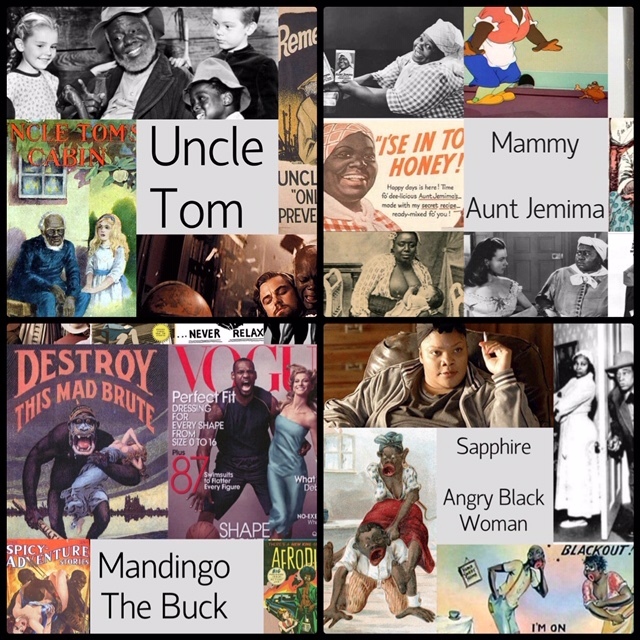
These caricature creations are white produced; white perceptions that went on to be in the minstrel show where white men wore blackface to further the stereotype of comedy and ignorance that was buffoonery.
These stereotypes were popular as they were used to sell food – like Aunt Jemima and Uncle Ben and the cream of wheat guy – and to have a people ignored and denied and mocked.
Truth had nothing to do with the formula; it is what people do to demoralize and demean a people. And then of course, if not the passive negro, there was the Black buck and the Jezebel Black woman whose sexual prowess was projected as oversexed beings. Don’t believe it, look at the above Vogue cover.
All of this is to categorize the Black man as deficient and not fully human, to enjoy intelligence and the ordinary functions to the luxury of life. All of this is what the small b translates.
Our N’DIGO Experience
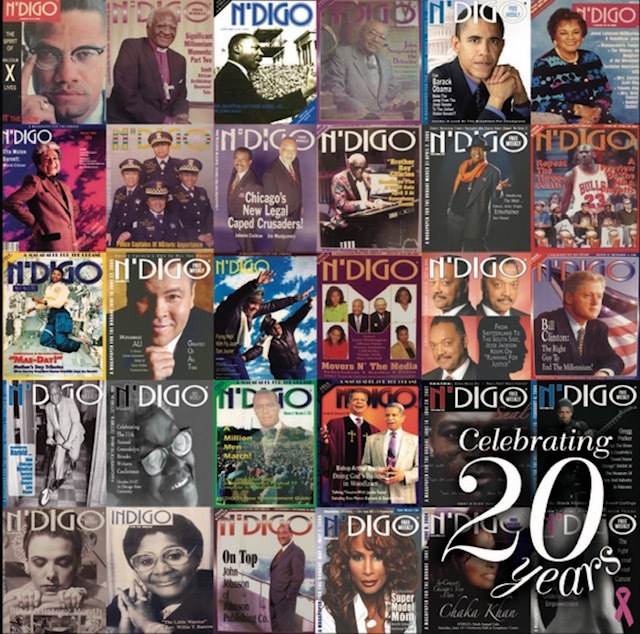
When I first started N’DIGO, I was defining Black differently – as sophisticated, cosmopolitan, literate, cultural, jazzy, and sophisticated. Carefully, we wrote powerful words to describe those who graced our Voguish covers. We were changing the image as we were consciously aware of a new narrative.
One cover story featured the late Reverend Johnnie Colemon. I received an irate call from a White woman to say that a Black woman could not be a “renaissance woman”, as the cover story headline read. I was taken back about the call, and I shared the conversation with Johnnie. She said, call her back and invite her to church.
I did and she accepted the invite. She met Rev. Colemon and wanted to know who built the church, meaning what foundation or large white religious group. She could not and did not believe Black money had built the church.
She came back a couple of times in amazement and eventually apologized for her ignorance. She made a nice donation to the church, but Colemon refused it, telling her to go find some poor people that she could relate to. Johnnie’s lesson to me was to kill with kindness.
On another occasion, I ventured to describe the N’DIGO reader to a white agency as I was seeking advertisement. The N’DIGO reader was cosmopolitan and metropolitan, I said. I was challenged, told that Black people were not and could not be that. I was killing their stereotypical image.
This was most notable in white ad agencies. I had one of the most insulting conversations with one of the top agencies, who told me that they had no stats on Black people eating corn flakes. They said there was no record of Black folk eating corn flakes and if their research didn’t show it, it didn’t exist.
I thought this was a joke. It wasn’t. I went beyond the account executives on the project to demand a meeting with the company president to discuss this incredible train of thought based on absolute ignorance that I found disgraceful.
I shared lifestyles info with the president and very seriously he asked if I would coordinate a tour of Black middle- to upper-middle-class household homes so that they could see for themselves what was in the kitchen cabinets. What kind of furniture was in their homes, from soap used to bathroom tissue to bedspreads, etc.
He actually wanted to take a busload of his account executives on a field trip to Black homes. He even provided a list of people for the tour. I told him how insulting this was, but he failed to see it. I cussed and left the powerhouse bigot.
Words are powerful; they describe and define. The Black press has always capitalized the N and the B, and it is past time for the white media to try to catch up and change its ugly ways that are born out of and nurtured in racism. It is also time for the white press to improve coverage of Black folk and to hire Black journalists, from editors-in-chief to interns.
And still, we rise. Hello.


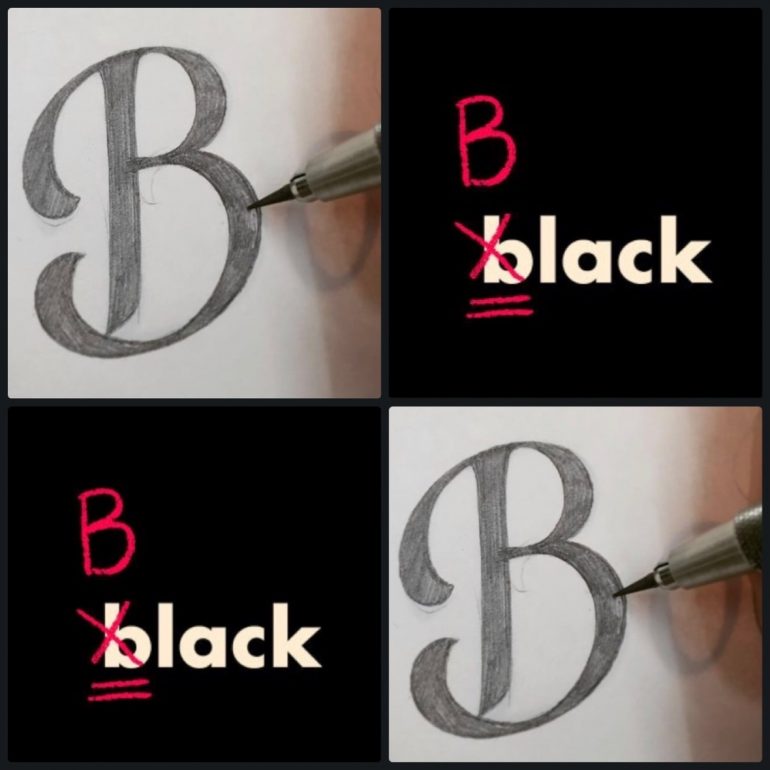
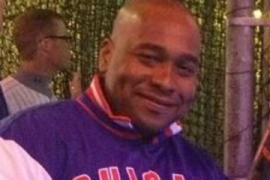
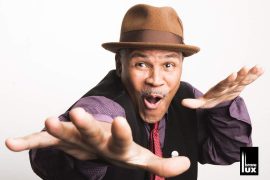
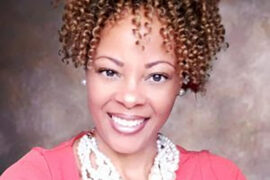
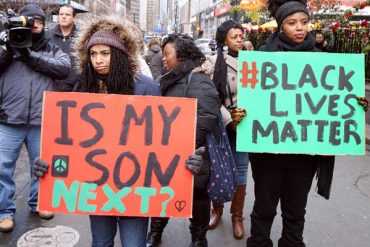
Wow, what a great article! 😊
I always felt Black should be capitalized, regardless of what some style and grammar books said. 😑
I capitalize White too, because “a lot” of Whites don’t identify much, with their ethnicity(yes). They’re just White. 😑